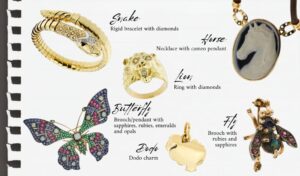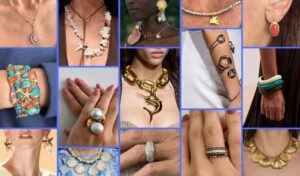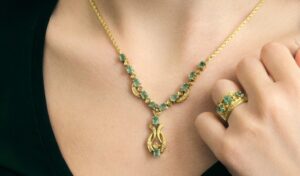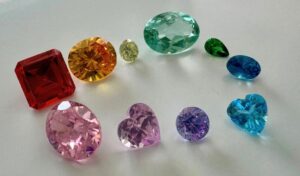
Gold: colors, carats, characteristics and curiosities
In this in-depth study dedicated to the most famous precious metal, gold, Ledial answers the most frequently raised questions in the goldsmith’s art in order to satisfies the most common curiosities.
What color?
Our beloved material has many faces. We can celebrate a union with classic yellow gold rings, but also surprise the person we love with a refined white gold ring or a researched pink gold ring. Just staying in the domain of finger jewels we can notice that there are at least three colors available, even if in reality only one is the “original” one. This metal is naturally yellow. The nuggets or straws of this special chemical element, Au (from the Latin aurum), are always and invariably a warm, bright yellow.
“Does this mean that my white gold bracelet isn’t really gold?”
We can rest assured: white gold is also a precious alloy and has a very interesting history. When platinum was declared a strategic metal during World War II, jewelers were obliged to replace it and that’s how white gold was invented. The difference with yellow one is that in this case the composition includes precious metals of gray color such as nickel, silver and palladium that give life to precious metals later covered by a very thin layer of rhodium.
“… and my rose gold necklace?”
In this case also, the particular color is caused by the inclusion of specially chosen metals in the alloy, namely copper and silver that are mixed to create a warm and sophisticated color.
The question of carat
The gold usually used to create jewelry is an alloy, that means a mix of different metals. In Italy is commonly used 18 carat. This is also called 750/1000 because it is composed of 75% of gold and 25% of other precious metals such as silver and copper. Carat is the units of a proportional measure used to evaluate the clarity of the metal. It’s named in reference to the seeds of the carob tree, extremely common in the Mediterranean and in the East. In the past, in fact, it was believed that the seeds of this plant had a constant mass and were perfect for measuring a very small objects..
Today, jewelries can be made with different carats:
- 24 karats (999. 9/1000) for ingots, a gold characterized by a very high purity and a very intense yellow color.
- luxurious 21 karat (900/1000) used mostly in the jewelry of Arab and Asian countries.
- 18 carat (750/1000) used in Italian jewelry.
- lower carats, 14 (583/1000) and 9 carat (375/1000), popular in northern Europe, Anglo-Saxon countries and North America.
“So this isn’t really a 24 kt men’s bracelet?”
The easiest way to know the real carat of a jewel is to observe the hallmark, that is the small mark applied on all objects made of precious metal to certify title and manifacture: if you bought an 18 kt bracelet, for example, the hallmark should report the same detail reported by the seller.
Pay attention to plating
“Plating” is a rather common term that can be misleading. A gold plated piece of jewelry is nothing more than an item made of a different material and then covered with a very light layer of gold, and of course has a very different value than any solid gold !
Ledial sells exclusively gold jewelry: click here to visit our shop and learn more.










